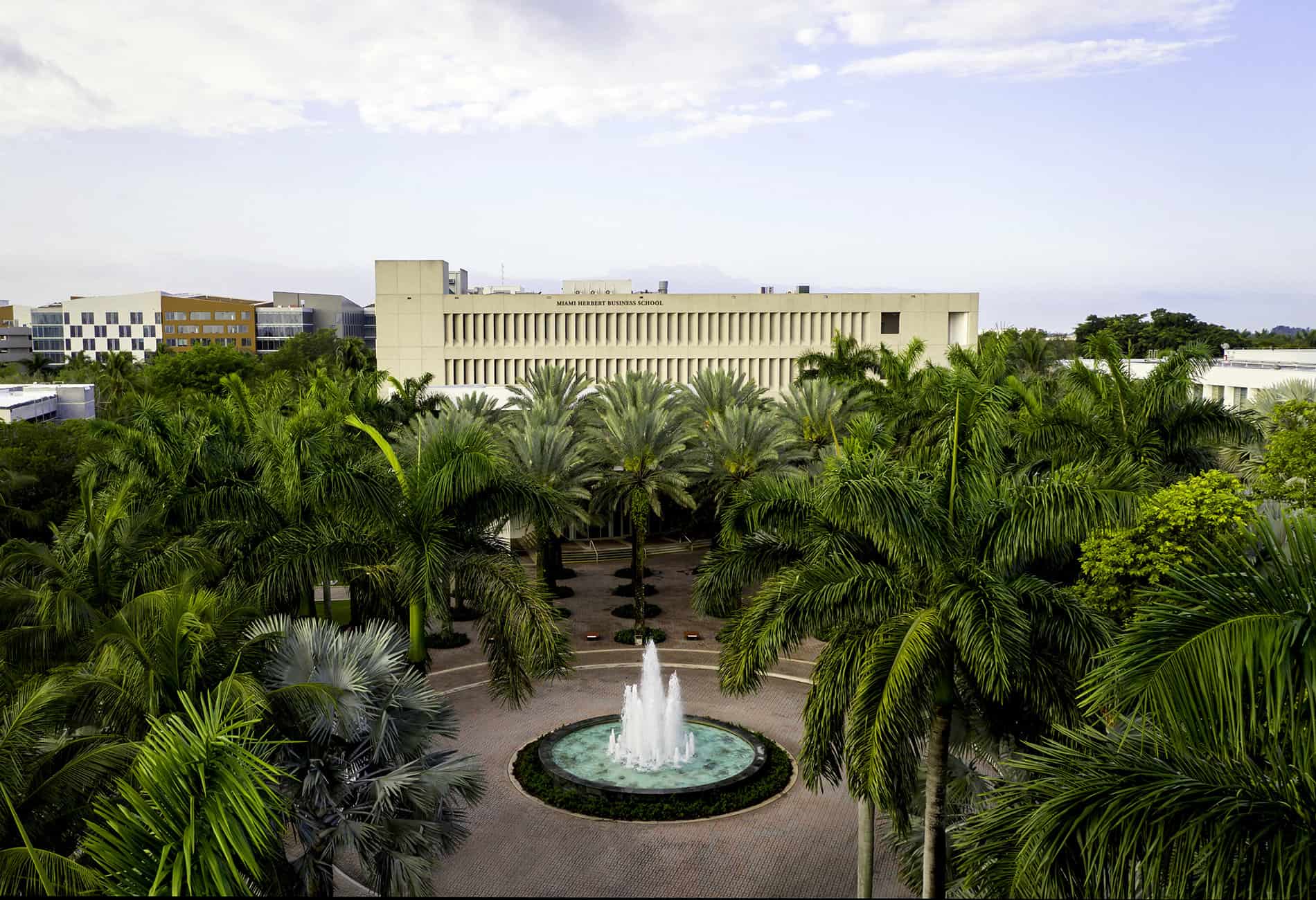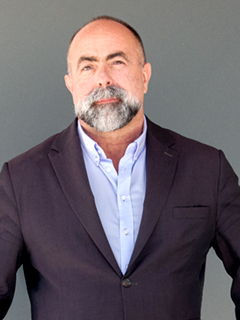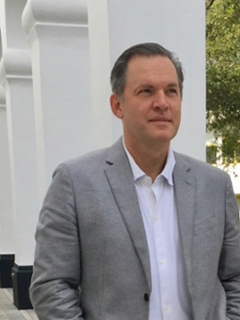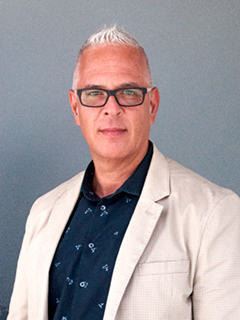University
University of Miami
An interdisciplinary one-year graduate program combining the strengths of the Schools of Architecture, Business Administration, and Law, focusing on real estate development with livable community planning and design.
Total members: 3
University rank: 18
Last updated: January 10, 2024

Deep Dive
In this video, we conducted an interview with a current student at the University of Miami, Andrew Samonas. Andrew is an MBA Candidate and wrote this article. In this interview, we discuss the demographics, extra-curricular, courses, and more at the McDonough in the MRED+U Program.
Master of Real Estate Development + Urbanism
1 Year
36
On campus



University of Miami Real Estate and Finance Association
School of Architecture, 1223 Dickinson Drive, Coral Gables, FL 33146, USA
The University of Miami is a private research university with a main campus size of 239 acres
Similar Real Estates Programs